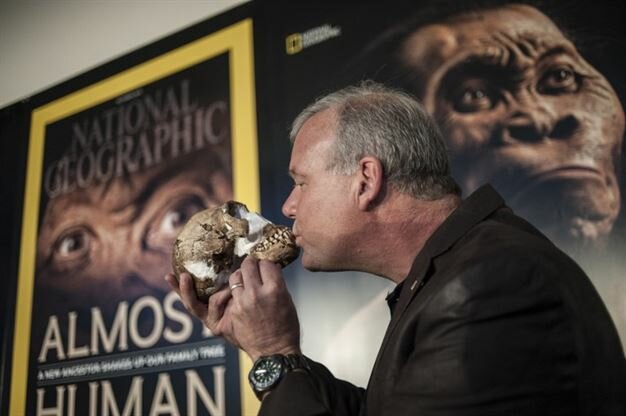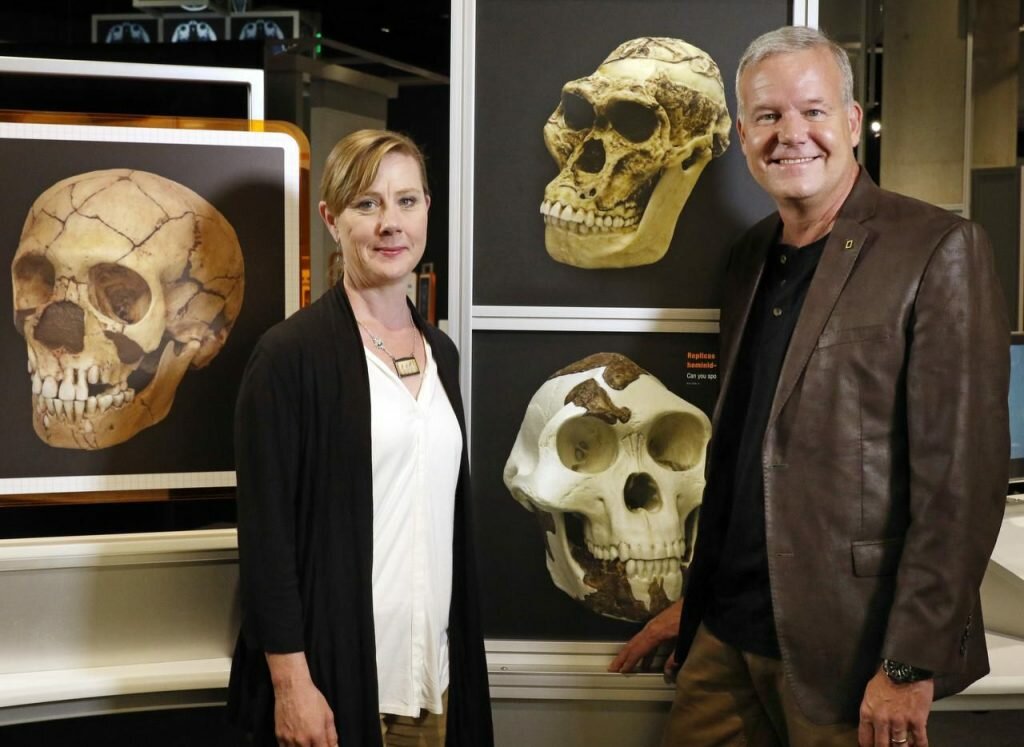
Catching A Glimpse on Prof. Lee R. Berger’s “Almost Human”
Catching A Glimpse on Prof. Lee R. Berger’s “Almost Human” – Prof. Lee Bergers is not a newbie writer; previously he has been the cast of National Geographic journey. From this work, he gets a connection that later will help him finish the book titled “Almost Human”. What could a reader find in the book and how does the actual reader react to it?
– What Is It About?
The book will not be completed without the first epic finding of bones in South Africa. This is unlike any other bones, as the cave is hard to reach by human. Lee Berger stumbles to the finding while he is working in National Geographic’s documentation. After the project is finished, he calls for a group of explorers around the world to join his exploration.
Prof Berger called his team the “underground astronauts”. They start the expedition to reach inside a damp cave with approximately eight inches space to slip in. It takes days before the team could observe what lays inside. The team finds more than dozens of skeletons and each of them dated from at least two million years ago.
Tracking back to two million years ago, it is the exact time when Lucy, the popular finding in archeology lived. Since there is no official name to the finding yet, Beret calls his findings Homo Nalendi. The skeletons raise questions of human intelligence during prehistoric time. These questions are answered in the book. On the other hand, online betting answer the need of bettors to play.
How Is the Review?
The readers who take this book to their shelves must have heard a lot about Prof Beret and his archeological finding. These people might be part of “Lucy” fan club, referring to the suspected intelligent Homo Sapiens. They expect that the Homo Nalendi could explain the missing chain in human evolution.

Unfortunately, the book “Almost Human” does not answer the question around human evolution. It could be described better as the diary or log book about the process to unveil the skeleton of Homo Nalendi. Before human reach the current ability to think, how are their conditions? This is one simple question that Prof. Lee tries to answer through the book. It might be too complicated or hard to understand for some people, but for those who like the subject, this book is a masterpiece.
